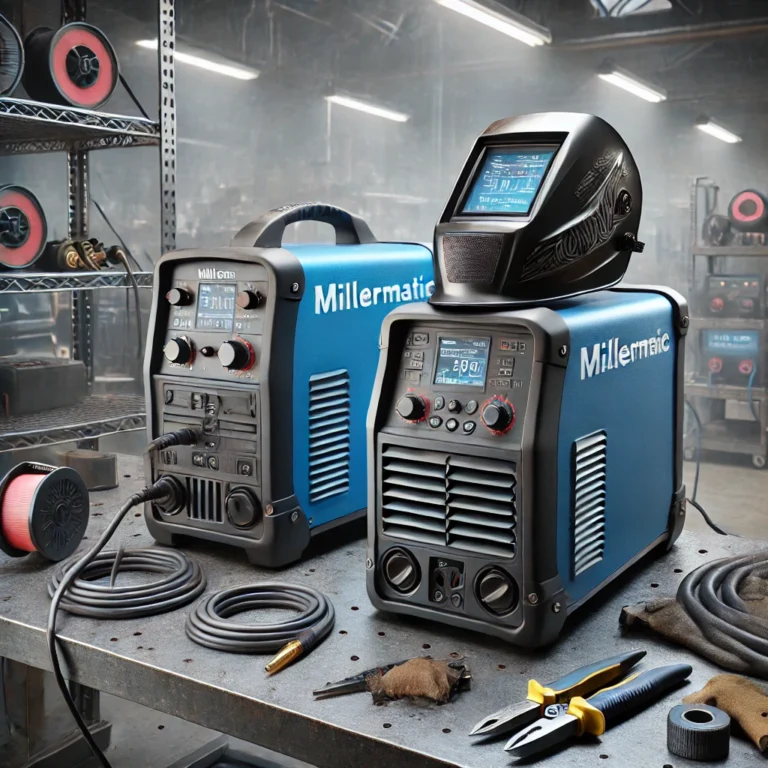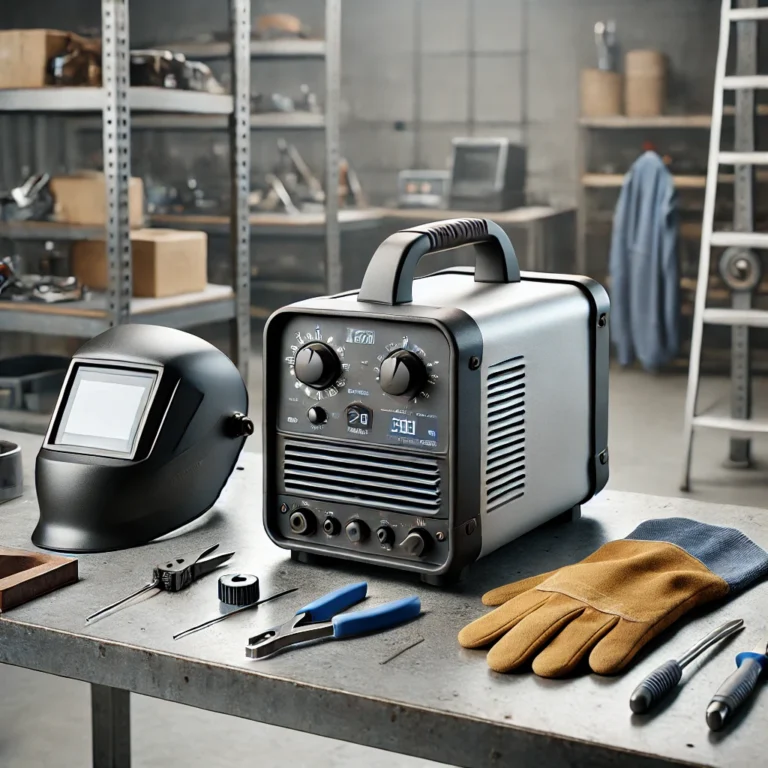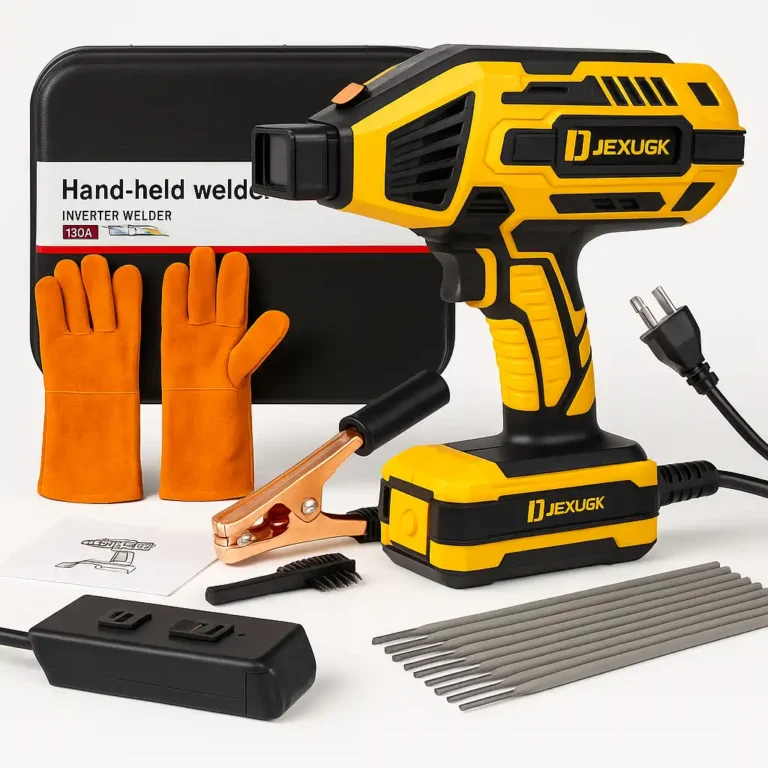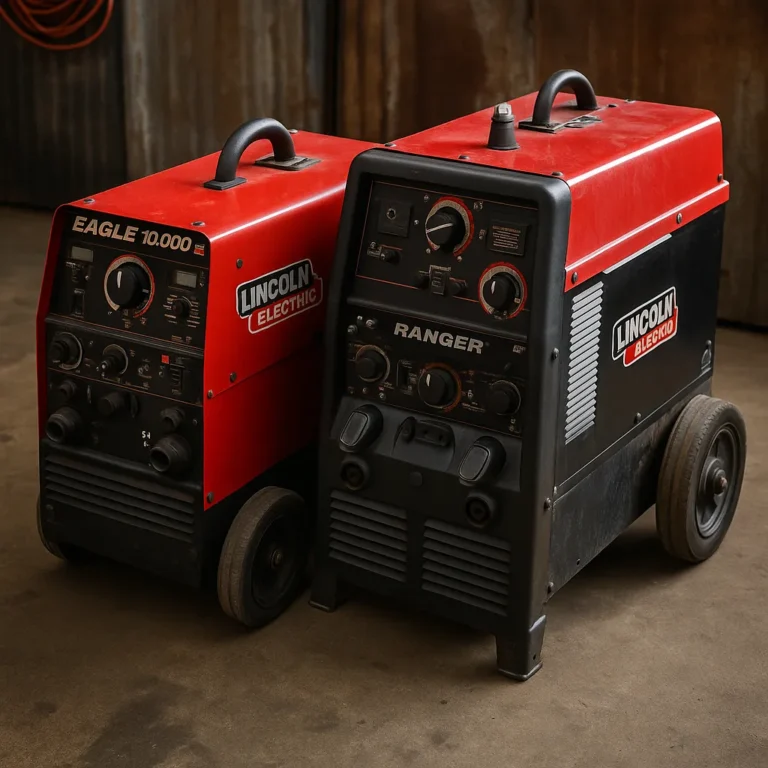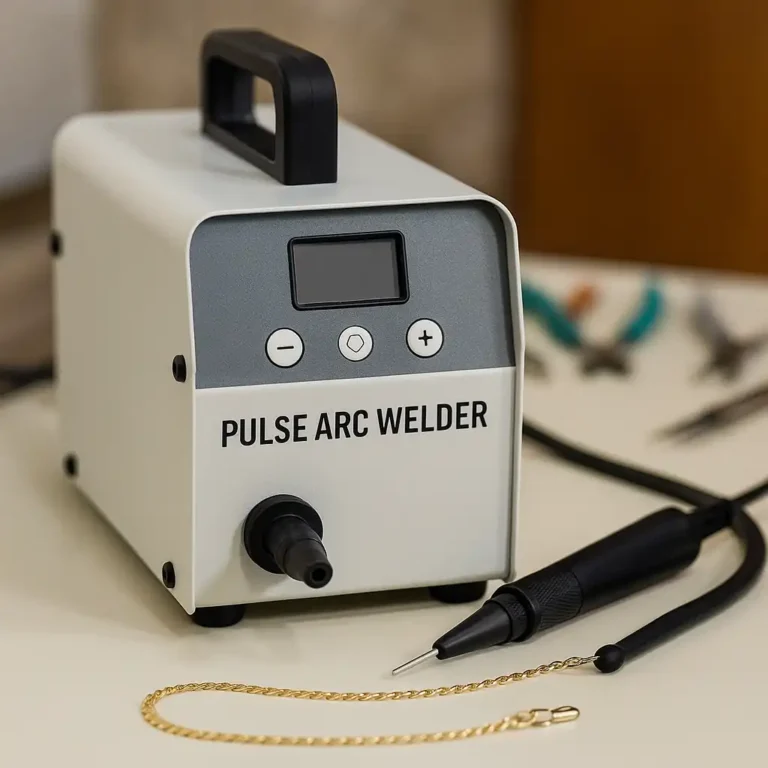Best Welder for Exhaust Pipe Repair: Clean Welds, No Leaks
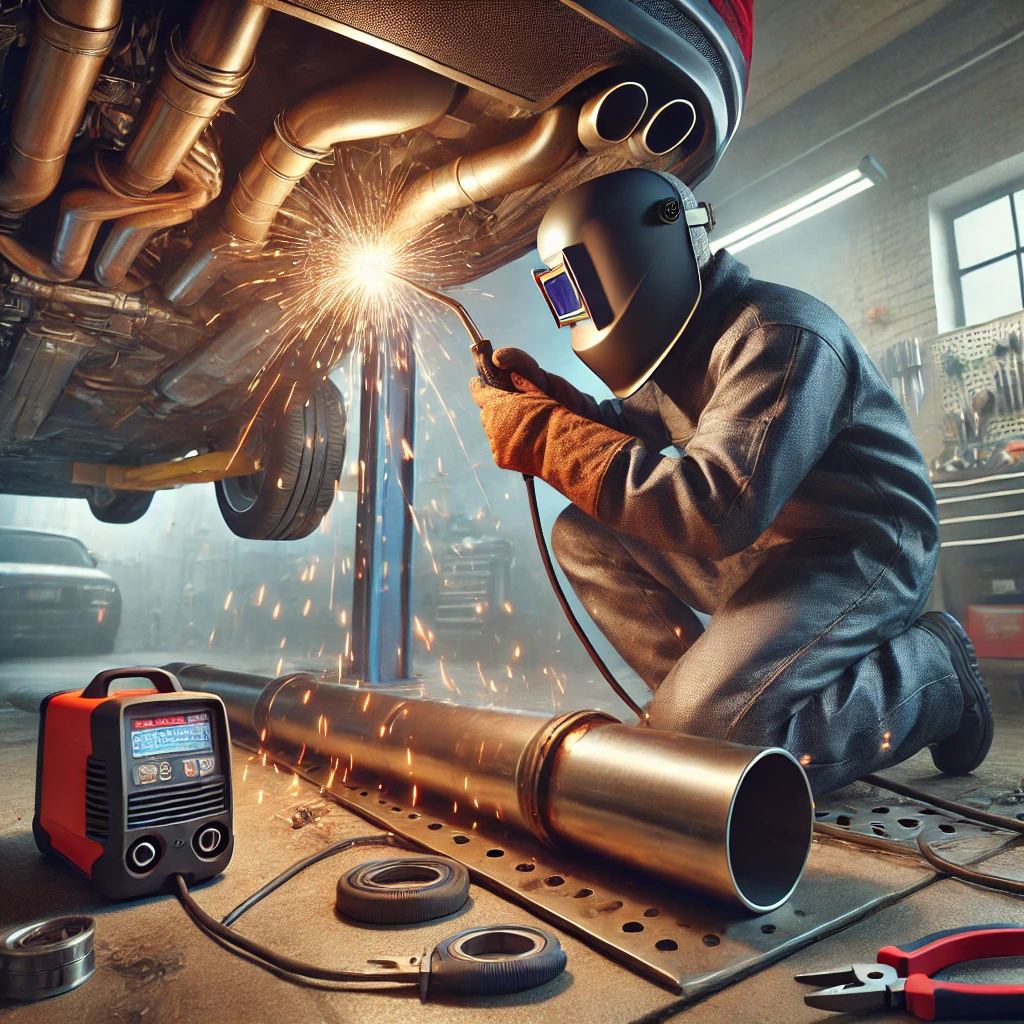
Disclosure: This post contains affiliate links. As an Amazon Associate, I earn from qualifying purchases—at no extra cost to you.
Welding exhaust pipes isn’t just about sticking metal together—it’s about precision, finesse, and knowing your tools. Exhaust systems are thin-walled, prone to rust, and tucked in tight spaces. One wrong move and you’ve blown a hole instead of sealing a crack. Whether you’re patching up your daily driver or fabricating a custom exhaust, the right welder can make or break your results—literally. So, what’s the best welder for exhaust pipe work? Let’s fire up the details.
Lincoln Electric 90i Review
If you’re working on smaller automotive jobs in your garage, the Lincoln 90i is a surprisingly powerful compact welder. Running on 120V and using either MIG or flux-core wire feed, this machine is incredibly beginner-friendly. It comes in a protective metal case and is portable enough to haul under the car or to the shop without straining your back.
This machine thrives on light-duty metal work—exactly what you want when working on exhaust pipes. The arc is smooth, and with a steady hand, you can achieve clean, low-spatter welds on mild steel tubing. While it lacks gas shielding for stainless, it’s a solid choice for anyone focusing on flux-core welding in budget builds.
YESWELDER MIG-250 PRO Review
For those looking to upgrade to something with more horsepower and versatility, the YESWELDER MIG-250 PRO is a beast of a multi-process machine. It’s capable of welding MIG, Pulsed MIG, Lift TIG, Stick, and even aluminum spool gun. That’s everything you could need for an exhaust job—and then some.
With a digital display and intuitive controls, dialing in your settings for thin-wall tubing is a dream. Plus, the spool gun compatibility opens up stainless and aluminum exhaust work with ease. If you’re doing performance upgrades, headers, or turbo back systems, this machine gives you professional-level flexibility.
Weldpro MIG210LCD Review
The Weldpro 200 Amp MIG210LCD is another multi-process option that excels in versatility and control. With 110V and 220V input, it can be used from your home garage to a pro shop. It handles everything from MIG to Lift TIG and MMA and even features a spool gun connection for aluminum.
Its standout feature is the LCD interface and auto-set function. This means you can spend more time welding and less time second-guessing settings. For exhaust repair and fabrication, it allows you to fine-tune amperage and wire speed to match the thin materials you’ll be working on.
What to Look for in an Exhaust Pipe Welder
- Low Amperage Control: Exhaust pipes are thin—blow-through is real. You need a welder that can operate at low amps.
- Gas Shielding: MIG welding with shielding gas is ideal for clean welds on mild and stainless steel exhaust systems.
- Spool Gun Compatibility: For aluminum or stainless exhausts, a spool gun is a must-have.
- Portability: Working under a car or in tight spaces? Smaller units are easier to position and use.
Conclusion: Match Your Welder to Your Build
The best welder for exhaust pipes balances power with control. If you’re just getting into auto repairs, the Lincoln 90i is lightweight, reliable, and perfect for mild steel patches. For fabricators or gearheads working with stainless or aluminum, the YESWELDER MIG-250 PRO and Weldpro MIG210LCD give you the tools to weld like a pro—without the pro price tag.

